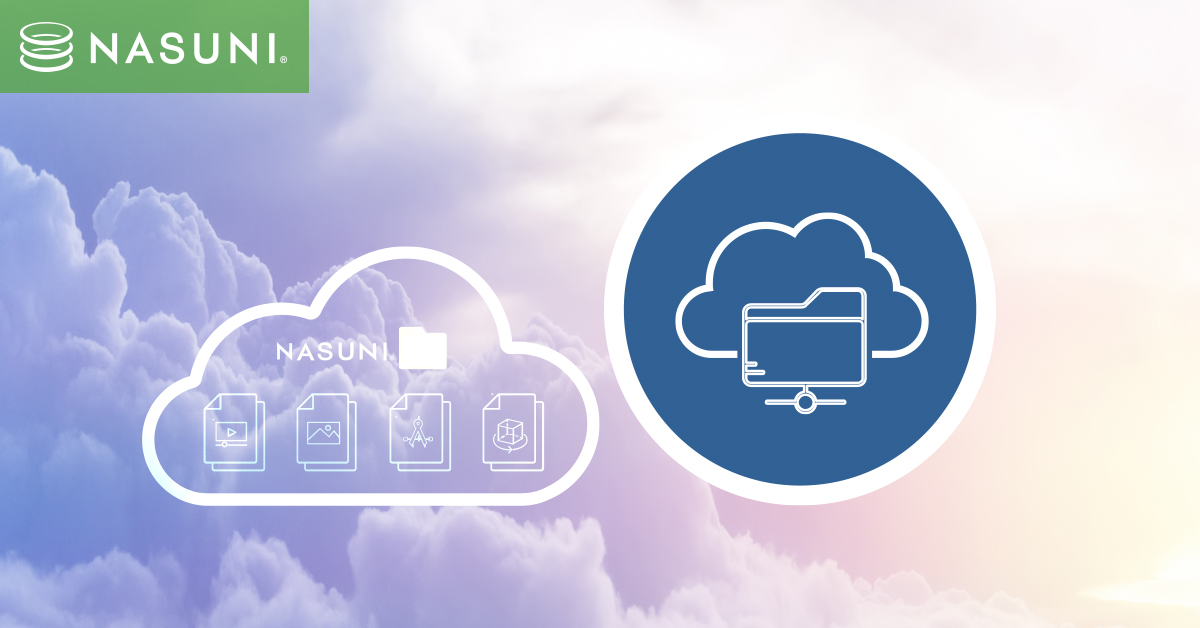Accelerating the Cloud Transition with Nasuni Cloud Migration Services
We’re expanding the Nasuni Cloud Migration Services which helps organizations prepare, plan, execute, and operationalize their file infrastructure.
December 17, 2019

Each year we’re adding more of the world’s largest enterprises to our roster of customers. One of my jobs is to ensure that all of our customers are receiving the support and services they need to be successful. But one of the requests we’ve been hearing with increasing frequency is the need to get more file data into the cloud faster. Once companies see the advantages of consolidating traditional infrastructure in the cloud, they don’t want to wait. They want to start leveraging these tools and seeing a return on their investment as soon as possible.
These aren’t just single-site migrations. The companies we work with are partnering with Nasuni to consolidate their siloed storage infrastructure across many locations into one global file system in the cloud. In some cases, that means dozens of sites. With our larger clients, we’re talking about hundreds of offices, factories, or job sites around the world. Regardless of size, though, all these companies share one goal. They want their migration to be faster.
So, as part of our ongoing effort to make our customers as successful as possible, we’re expanding the Nasuni Cloud Migration Services offering to assist organizations with moving massive amounts of files off their traditional file server infrastructures and into the cloud with Nasuni.
The 3 Principles of Nasuni Cloud Migration
Delivered remotely, our cloud migration solution helps organizations prepare, plan, execute, and operationalize their file infrastructure. Generally, we’re looking to deliver in three key areas:
- Speed: This was a pain point for some of our customers in the past. We weren’t getting their unstructured data to the cloud fast enough. So we have been focused on accelerating this process, in part by working out some of the snapshot contention issues. Previously, different locations had to take turns snapshotting to a shared volume. We’ve ironed this out now, which helps us speed up the migration to the cloud.
- Reliability: There are few things more annoying than an update that stalls midstream and has to be restarted because of a service interruption or bad connection. This is totally unacceptable to large enterprises eager to transition from traditional NAS infrastructure to the cloud. So we built and tested our migration service to handle interruptions. If a connection goes down, the service pauses, then starts back up again when the connection is re-established. Customers can also pause the migration manually if they like, but really our goal is to manage those unexpected interruptions, and prevent our customers from having to start over.
- Universality: Let’s say you have half a dozen or more sites out there. They could be in the same region, on the same continent, or even spread across the globe. One of the major advantages of the Nasuni platform is its ability to unlock collaboration and accelerate global workflows, since the cloud file system becomes the system of record – not the local NAS hardware or appliance. We want our customers to be able to start taking advantages of these new capabilities as soon as possible. That means we don’t want to seed the shared cloud volume one site at a time.
Our multi-site, cloud migration approach means that all six of those locations can concurrently migrate data to a single volume in the cloud. Maybe if I were to phrase this in marketing terminology, we’d call it multi-site seeding or something of the sort, but that’s not my job. What matters to me is that this means our customers can establish a volume in a public or private object store and have that pool suck in data from a half-dozen or a dozen locations all at once.
As I write this, we’re in the middle of a 15-site concurrent migration for one customer, and that’s not even our biggest job. We’re also migrating 45 locations concurrently for another one of our clients.
How Will Nasuni Cloud Migration Services Work?
The Nasuni Cloud Migration Services offering is well-suited for customers that don’t have in-house expertise in file sharing best practices, cloud deployments, or cloud technology. Of course, every one of our clients is different, so we’re offering two formats, including an assisted migration for customers who want technical guidance, but have the skills to perform the work themselves, and a full migration option for those who want a Nasuni Certified Professional to run the process from start to finish.
The goal is the same in both cases. This is all about helping our customers quickly remove current file sharing and management pains – the headaches that sent them searching for a cloud solution in the first place – and show a quick win with their cloud investment strategy. Various tools may be used to expedite the file migration and ingestion process depending on your environment, bandwidth, configuration, and goals, including AWS Snowball and Azure Data Box. The big idea, though, is about moving large volumes of files of any size from one or many locations into Nasuni from traditional Windows File Server, NetApp, EMC, Hitachi and other file stores.
There are details on our specific offerings in our data sheets, but at a high level, what we have developed here is a better way to move data. That means more enterprises can start enjoying the advantages of the Nasuni platform faster. And that, in turn, translates into happier enterprise customers.